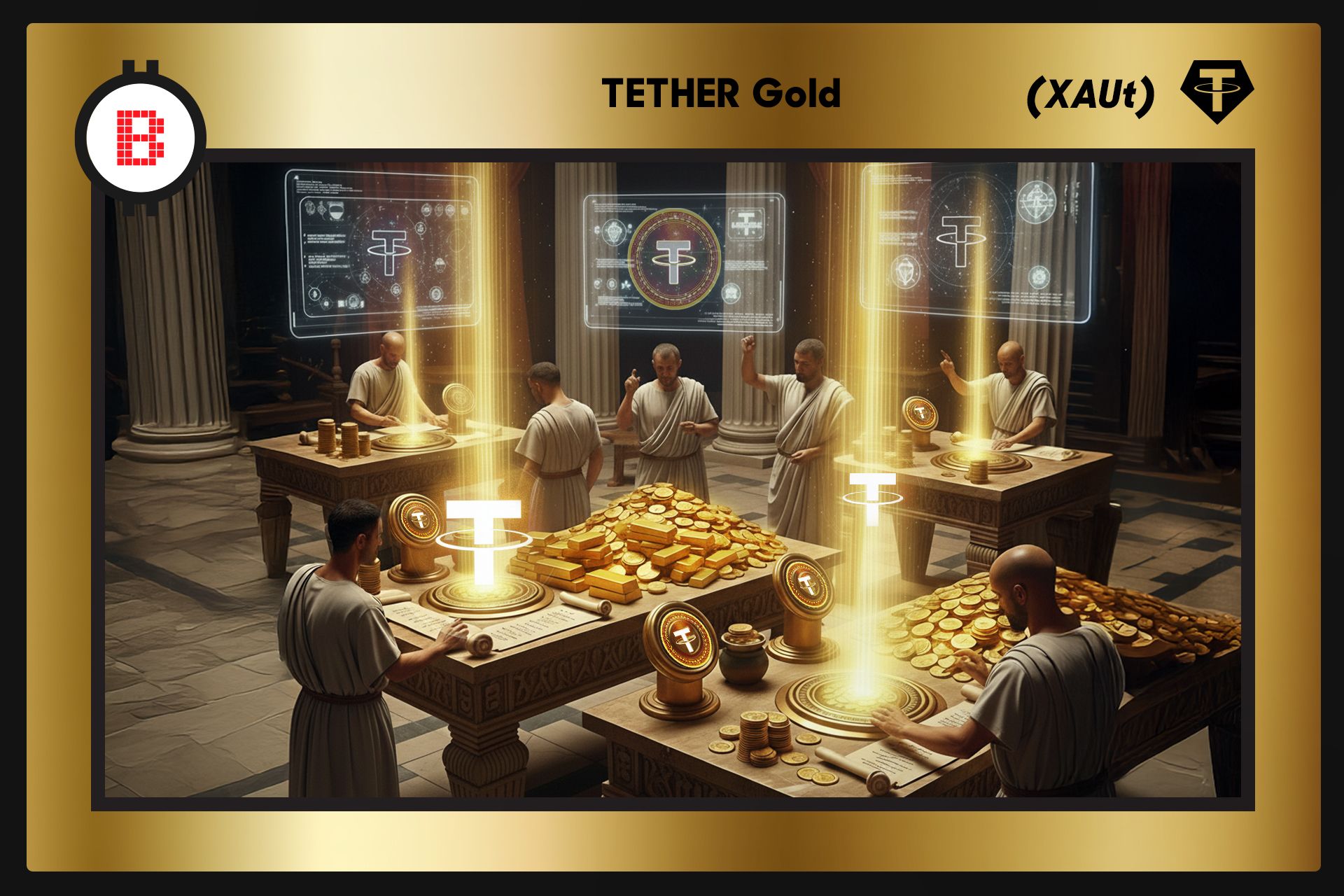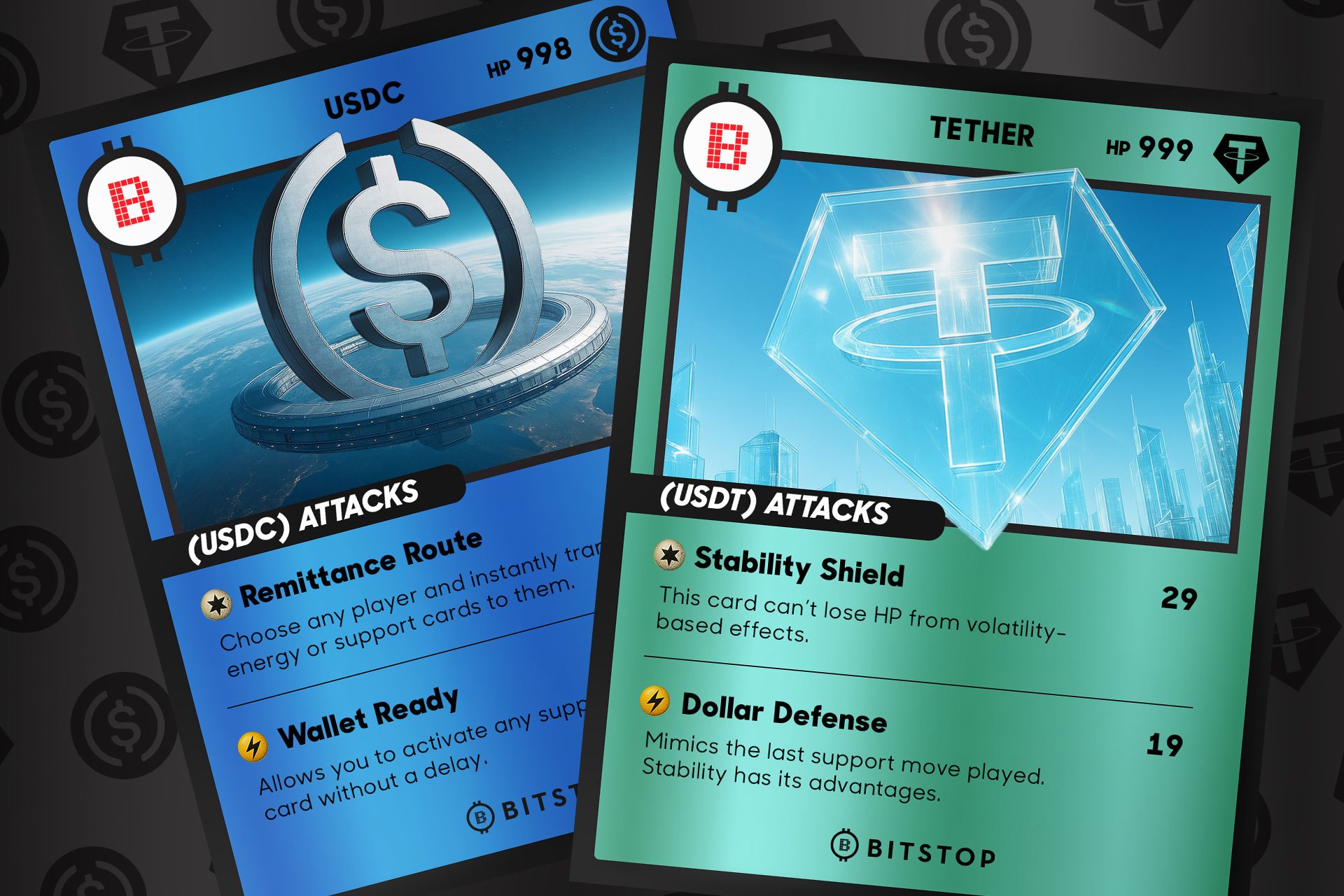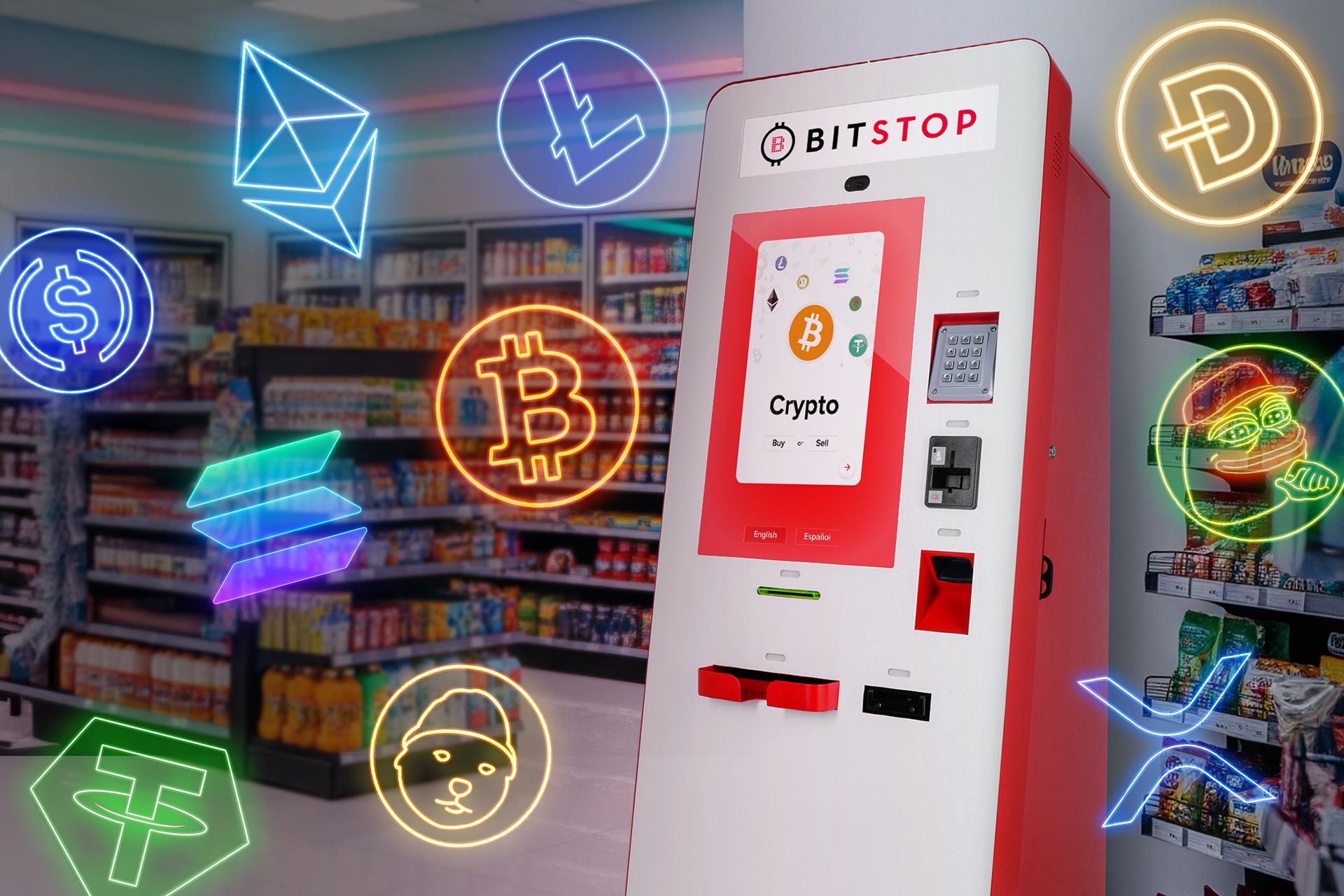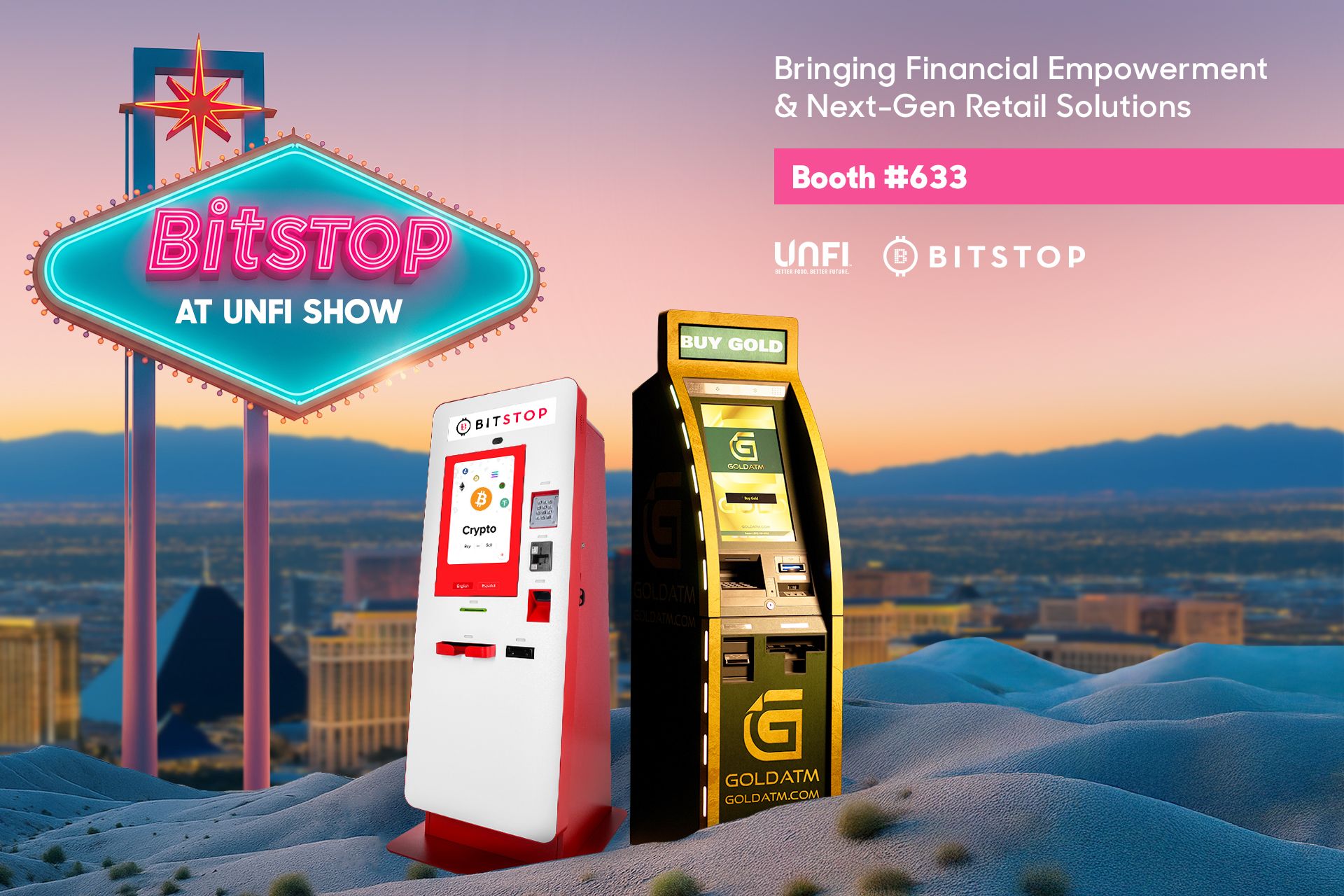Buy Bitcoin and Crypto with Cash at Royal Farms | Bitstop ATMs
Bitstop has partnered with Royal Farms to deploy more than 300 multi-coin crypto ATMs across seven states, expanding secure, cash-to-crypto access to everyday retail locations. Whether you’re picking up coffee, fueling your car, or grabbing lunch, you now have the added convenience of buying digital assets with cash, right where you already shop.
A Trusted Relationship. Real Convenience.
Now live across Maryland, Delaware, Virginia, Pennsylvania, New Jersey, North Carolina, and West Virginia, Bitstop ATMs at Royal Farms bring trusted cash-to-crypto access to convenience stores throughout the Mid-Atlantic.
Royal Farms stores are part of daily life for millions of people, and now they’re one of the easiest and most trusted places to access digital currency. Whether you’re a regular customer or using a Bitstop ATM for the first time, this partnership is designed to meet you where you are.
The relationship between Bitstop and Royal Farms is built on shared values: access, trust, and simplicity. With more than 300 crypto ATMs now available across Royal Farms locations, and more on the way, Bitstop is making it easier than ever for everyday people to participate in the digital economy on their own terms, using cash.
Consumer Protection and Real-World Access
If you’ve ever searched for how to buy Bitcoin or other digital currencies with cash, you’re not alone. Millions of people still rely on cash every day, for privacy, convenience, or necessity. Not everyone has a bank account or wants one.
With Bitstop ATMs inside Royal Farms, you don’t need a credit card, bank login, or exchange account to buy crypto. All you need is cash and a crypto wallet app to receive your digital currency instantly and securely. Transactions are completed directly at the machine, with transparent rates displayed on-screen and instant delivery of your digital assets to your wallet.
Buying crypto with cash is:
- Private – No linked bank accounts or personal financial data required
- Accessible – Available to anyone, regardless of banking status
- Fast & Direct – Instantly sent to your wallet after confirmation
But convenience doesn’t come at the cost of safety. Real-time compliance checks, identity verification prompts, and anti-fraud safeguards protect every Bitstop ATM transaction. The network actively detects suspicious activity, flags potential scams, and guides users through secure transactions step-by-step.
Whether you’re new to crypto or an experienced buyer, Bitstop provides both control and protection, the freedom to own your digital assets with the confidence that comes from transacting through a trusted, regulated network.
Built for Convenience. Backed by Protection.
Bitstop ATMs inside Royal Farms are designed for more than just access; they deliver a safe, seamless, and trusted experience for every customer. Each machine allows you to buy Bitcoin, Ethereum, Dogecoin, Ripple, and other supported cryptocurrencies with cash at secure, convenient retail locations across the region.
Bitstop has earned its reputation as a leader in the Bitcoin ATM industry, built on a foundation of transparency, compliance, and consumer trust. The interface is intuitive and familiar; just tap, scan, insert cash, and go.
Every Bitstop ATM is in a well-lit, reputable Royal Farms store, offering customers confidence and comfort when purchasing or selling digital currency. Behind each transaction is a network of security and regulatory safeguards, including transaction monitoring, ID verification, and real-time fraud prevention tools designed to protect users.
This balance of usability, transparency, and compliance makes Bitstop ATMs the bridge between everyday retail and the digital economy, a secure way for anyone to access cryptocurrency where they live, shop, and travel.
What Can You Buy?
Bitstop supports a diverse range of popular cryptocurrencies. From foundational coins to stablecoins and community-driven tokens, you can now buy:
- Bitcoin (BTC) – The original decentralized currency for secure, peer-to-peer transactions.
- Ethereum (ETH) – A blockchain platform for smart contracts and decentralized apps (dApps).
- Dogecoin (DOGE) – A community-driven cryptocurrency used for tipping and low-cost transfers.
- Ripple (XRP) – Enables fast, low-cost cross-border payments.
- USD Coin (USDC) – A U.S. dollar-backed stablecoin issued by regulated institutions.
- Tether (USDT) – A widely used stablecoin pegged 1:1 to the U.S. dollar.
- Litecoin (LTC) – Built on Bitcoin’s code, optimized for faster transaction speeds.
- Pepe Coin (PEPE) – A meme-based ERC-20 token on Ethereum.
Each Bitstop ATM supports multi-coin transactions, allowing you to choose your preferred cryptocurrency at checkout.
What You Need to Get Started
Buying digital currency from a Bitstop ATM is simple. You’ll need:
- Your mobile phone
- A Bitcoin or crypto wallet
Tip: We recommend a non-custodial wallet (like Exodus) for maximum control.
What’s a Wallet?
Your wallet is where your digital assets live.
- Custodial wallets are managed by third parties (e.g., Coinbase, Cash App).
- Non-custodial wallets give you full control, you hold your private keys and your crypto.
If privacy and ownership matter to you, a non-custodial wallet is the best choice.
Step-by-Step: How to Use a Bitstop ATM at Royal Farms
1. Visit a Royal Farms Location
Use the Bitstop ATM Locator to find the nearest Royal Farms store with a Bitstop ATM.
2. Tap “Buy” on the Screen
Select “Buy” to start your transaction.
3. Enter Your Phone Number
You’ll receive a verification text message with a temporary PIN.
4. Create Your Bitstop PIN
Set your personal Bitstop PIN, this becomes your secure login code for future ATM visits.
5. Scan Your Government-Issued ID
Hold your ID up to the scanner so the system can verify your identity.
Only required for purchases over $2,999, or over $1,000 in Arizona or New Mexico.
6. Provide Your Wallet Address
Open your crypto wallet app, tap “Receive,” and scan your wallet’s QR code at the machine.
Double-check your address, crypto transactions are final.
7. Insert Cash
The screen will display the current exchange rate and the amount of crypto you’ll receive.
8. Confirm and Send
Review your transaction details and tap “Send” to complete your purchase. Your digital currency will be delivered directly to your wallet.
9. Get Your Receipt
You’ll see a confirmation on the screen, plus a printed receipt and a text message for your records.
Always Here, Always On
Bitstop ATMs at Royal Farms are available during regular store hours, with most locations offering 24/7 access. Whether you’re making your first Bitcoin purchase or topping up your wallet with USDC, you’re just a few taps away from secure, instant digital currency access.
For many users, these around-the-clock ATMs are the first step into the crypto economy, offering reliability and transparency that online-only platforms can’t match.
Download the Bitstop App
Track transactions, find your closest Royal Farms Bitstop location, and unlock future offers, all from your phone.









